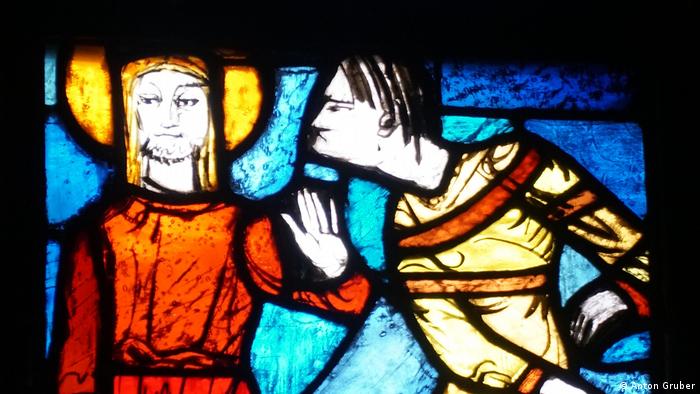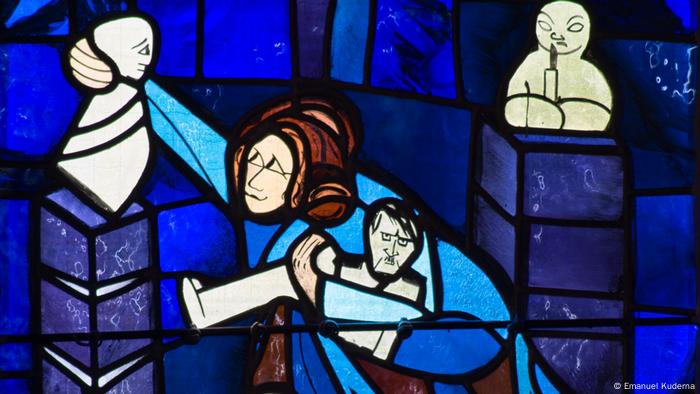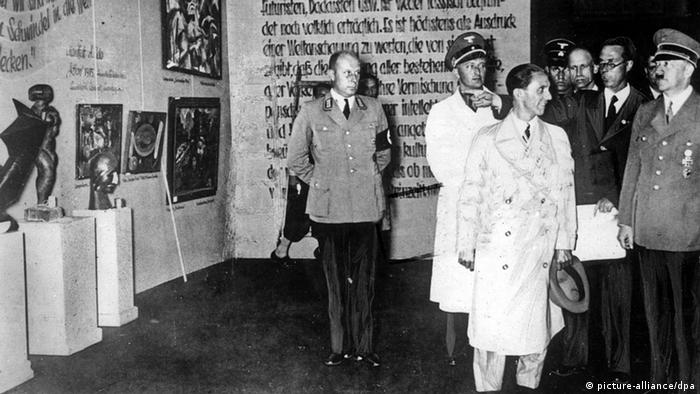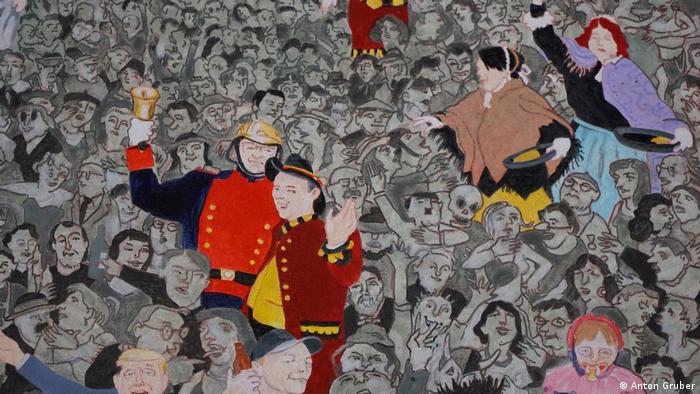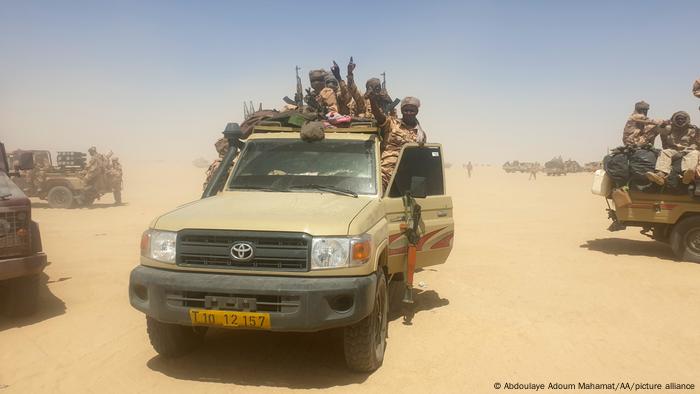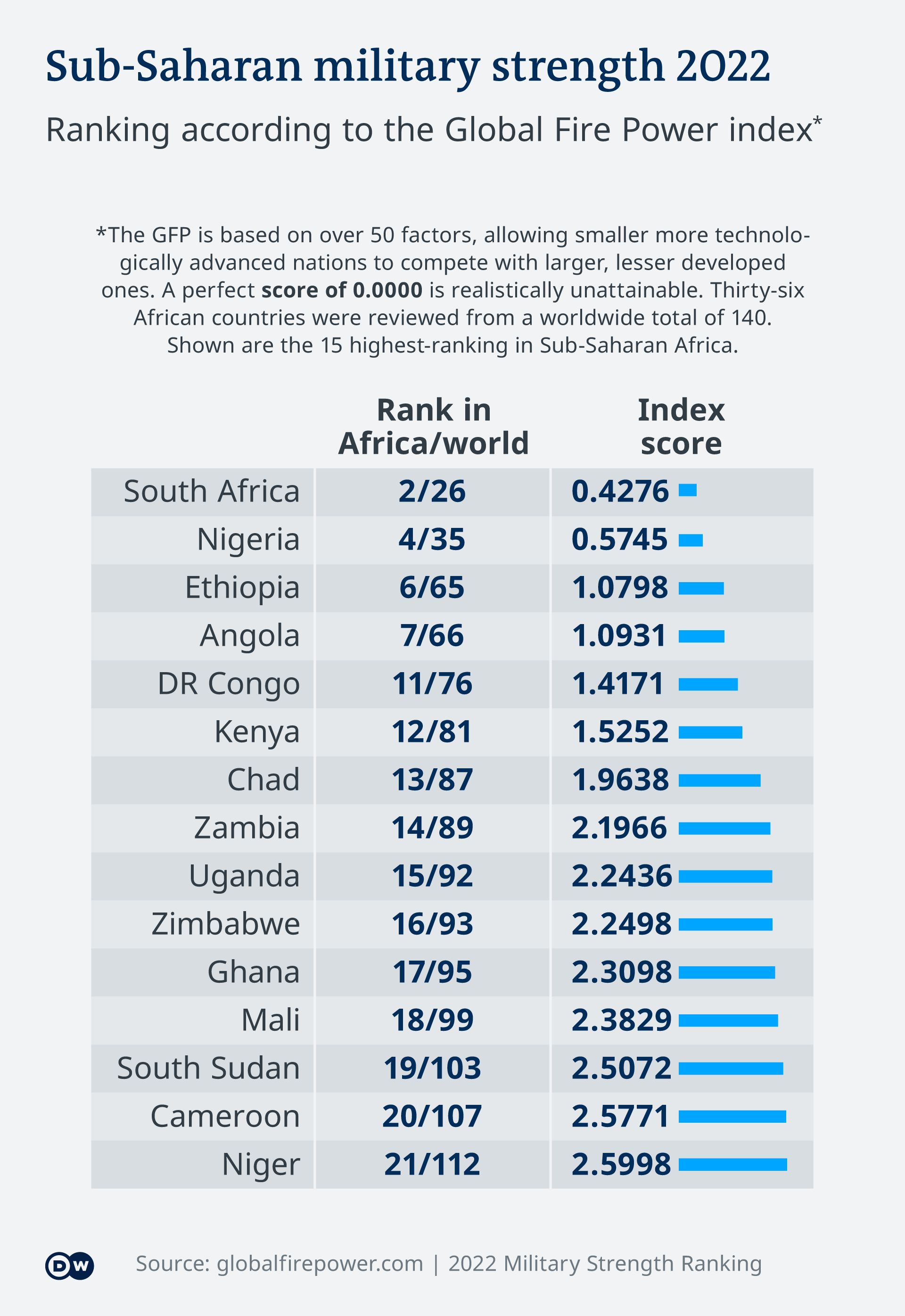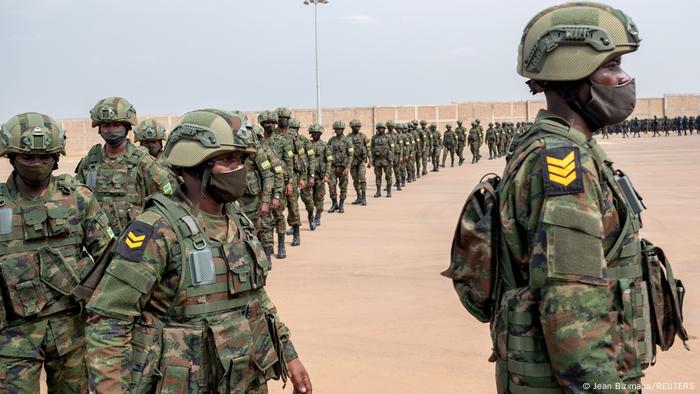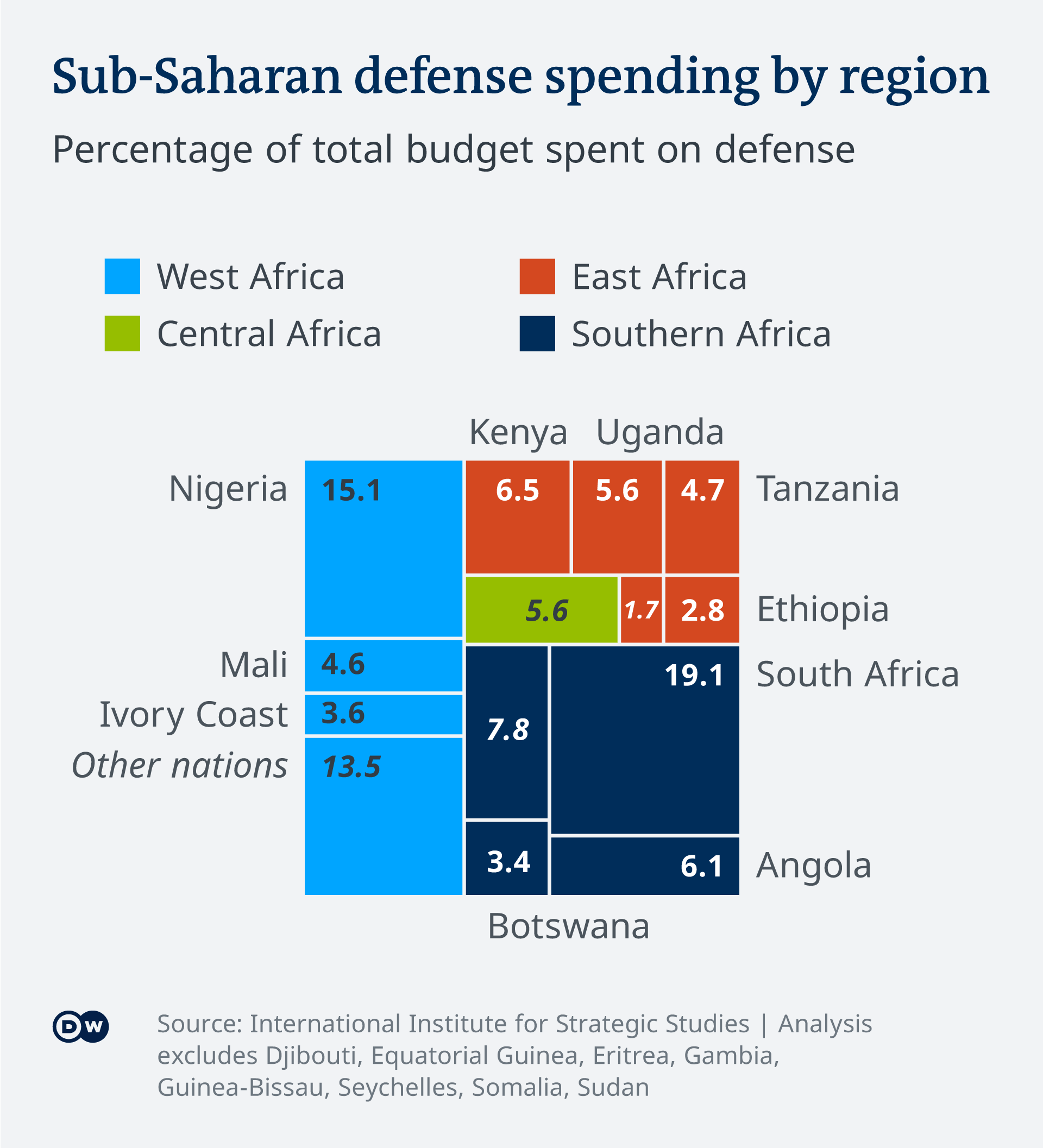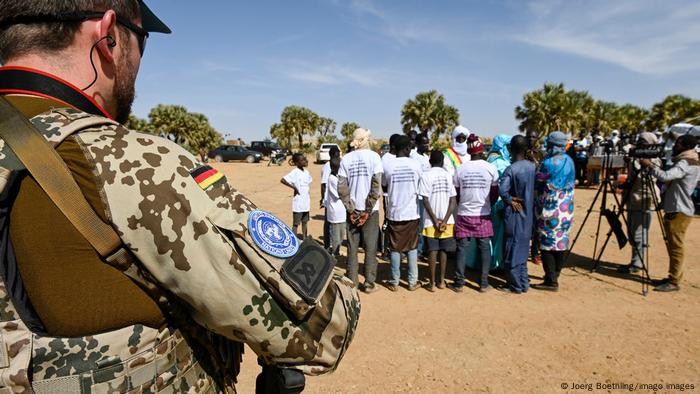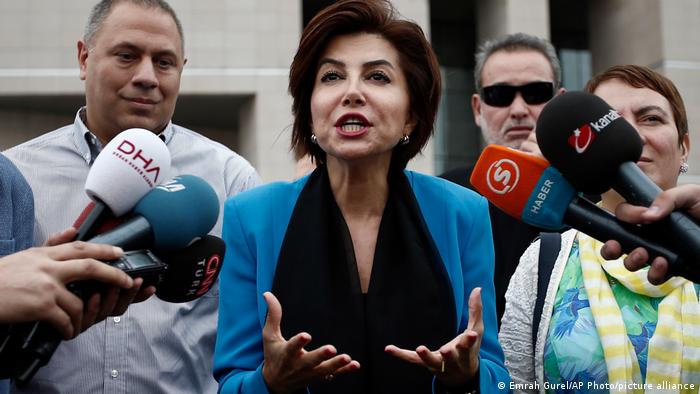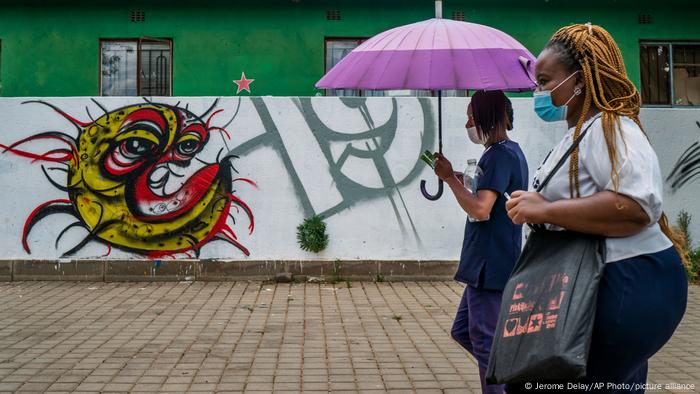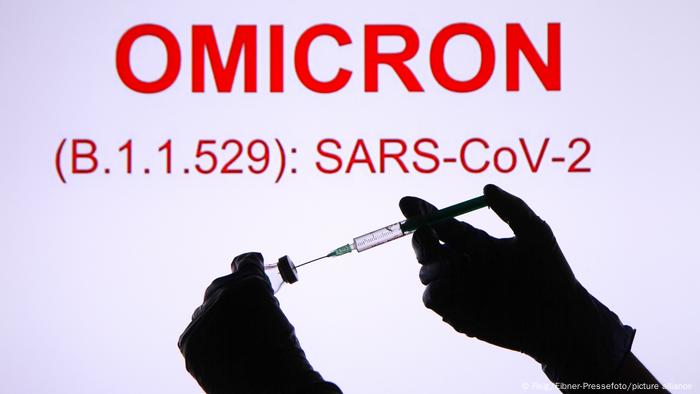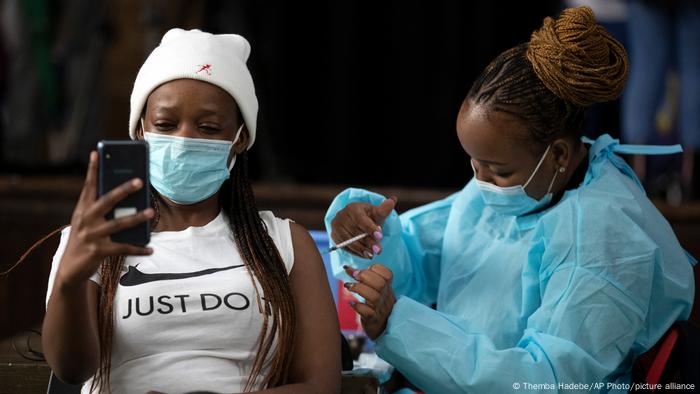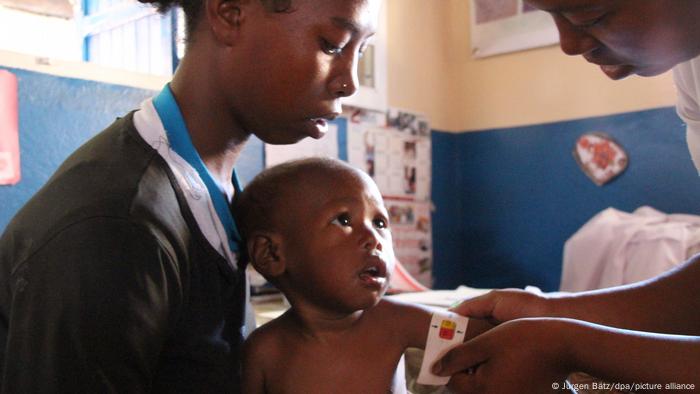Turkish journalist Sedef Kabas risks up to four years in jail for allegedly insulting President Recep Tayyip Erdogan.
Police detained her in the early hours of Saturday morning, and a court ordered her to remain in jail pending a trial.
Kabas' lawyer Ugur Poyraz said they would appeal the "unlawful" decision on Monday.
"We hope Turkey can return to rule of law soon," Poyra said.
Kabas did not name Erdogan directly. However, the authorities object to a proverb that she used during a show on Tele1 television and later tweeted.
"When the ox comes to the palace, he does not become a king," Kabas said. "But the palace becomes a barn."
Ministers outraged by remarks
Erdogan spokesperson Fahrettin Altun called Kabas "immoral" and "irresponsible."
"The honor of the presidency's office is the honor of our country. ... I condemn the vulgar insults made against our president and his office," he wrote.
Turkey's justice minister, Abdulhamit Gul, wrote on Twitter that Kabas will "get what she deserves" for her "unlawful" remarks.
The country's broadcast regulator, RTUK, meanwhile, started an investigation into Tele1 for "unacceptable statements targeting our president."
Tele1's chief editor, Merdan Yanardag, sharply criticized the arrest.
"Her detention overnight at 2 a.m. because of a proverb is unacceptable," he wrote on Twitter. "This stance is an attempt to intimidate journalists, the media and society."

Turkey has investigated more than 160,000 cases of insulting the president since Erdogan took the office in 2014
Thousand convicted for insulting Erdogan
Insulting the president carries a jail sentence of between one and four years.
Since Erdogan became president in 2014, 35,507 cases of insulting the president were filed and there were 12,881 convictions.
Kabas had previously been charged after she posted criticism of a government-appointed judge who dropped a corruption probe against Erdogan and other politicians. She was later released.
The Turkish journalists union called the arrest a "serious attack on freedom of expression."
Reporters Without Borders places Turkey at 153 out of 180 countries in their press freedom index.
lo/dj (AFP, dpa, Reuters)

Turkish opposition deputy moves to
decriminalise insulting president
Jan 23 2022
Özgür Özel, deputy parliamentary group chairman for the main opposition Republican People’s Party (CHP), is preparing to submit a proposal to remove the crime of ‘insulting the president’ from Turkish law, Anka News Agency reported on Sunday.
During the presidency of Recep Tayyip Erdoğan, 160,169 people have been investigated for insulting the president and 12,881 have been convicted of the crime. “This shows a clear abuse of the Turkish Penal Code Article 299,” Özel said.
Only 233 people were convicted of the same crime during the term of Erdoğan’s predecessor Abdullah Gül, and the number was even lower for previous presidents, Özel said. Ahmet Necdet Sezer’s and Süleyman Demirel’s presidencies saw 82 and 71 convictions respectively.
“Official data shows that in Erdoğan’s term, this article has been turned into an apparatus for revenge,” the deputy said.
The article was drafted with different parameters in mind, he added. Before the 2017 referendum to amend the constitution, Turkey’s political system only bestowed limited powers to the president and disallowed any affiliation with political parties.
Currently, Erdoğan is both president of the country and head of the ruling Justice and Development Party (AKP).
Özel continued:
“After the constitutional amendment that attacked the regime, the president has donned an additional armour of protection via Article 299, which was created for impartial presidents before him. (Erdoğan) goes to court for the smallest criticisms and imposes severe restrictions on our citizens’ freedom of expression.”
Erdoğan also uses the article to target his political rivals, the deputy added.
There are at least 141 instances of Erdoğan pressing charges against CHP deputies, according to Özel. “There is no satisfactory explanation as to why the chairman of a political party needs this armour that other chairpersons do not have.”
“It is clear that the president who is also the chairman of a political party should internalise freedom of thought and expression, vital pillars of democracy in the 21st century, and to learn to tolerate diverse voices and opinions,” Özel said.




